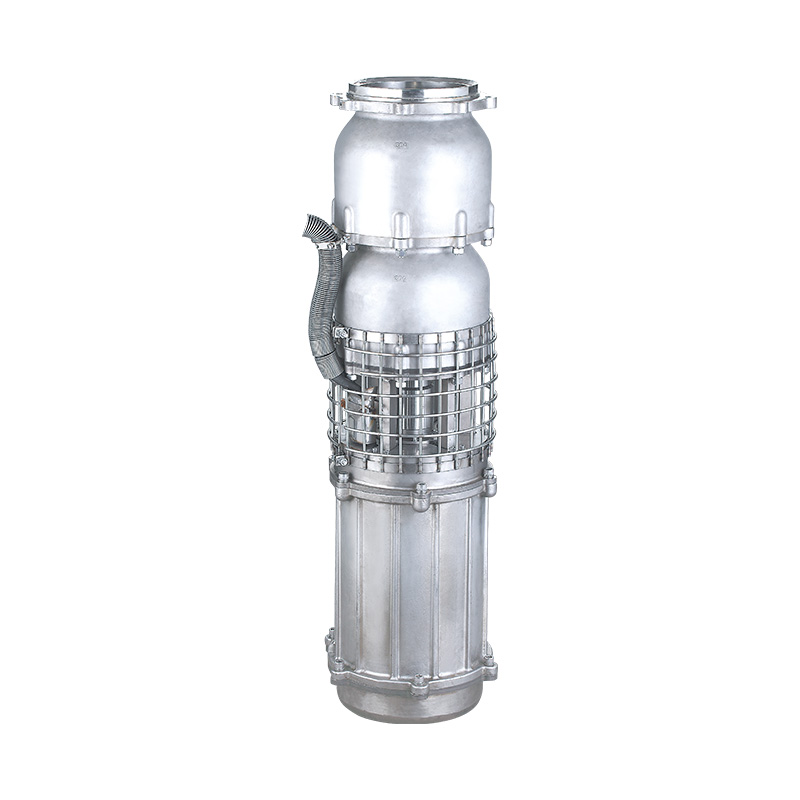Submersible agricultural irrigation pumps play a crucial role in modern farming by efficiently supplying water to crops from underground sources or surface water bodies. Given their importance, ensuring the quality and reliability of these pumps through comprehensive testing procedures is essential. Rigorous testing guarantees that the pumps meet performance specifications and can operate under diverse environmental conditions, thereby supporting sustainable agricultural productivity.

Testing of submersible agricultural irrigation pumps typically involves multiple stages, starting with material inspection. Components such as impellers, shafts, and casings undergo evaluations to confirm that materials meet standards for strength, corrosion resistance, and wear durability. These checks help ensure that the pump can withstand exposure to water with varying levels of sediment and chemical content.
Following material verification, dimensional and assembly inspections are conducted. Precise measurements verify that the components are manufactured to design tolerances, which is vital for maintaining balance and preventing mechanical failure. Proper assembly ensures that seals, bearings, and electrical connections function correctly.
Performance testing forms the core of pump evaluation. The pump is run under controlled conditions to measure flow rate, pressure head, power consumption, and efficiency. These parameters confirm the pump's capability to deliver the required volume of water at the necessary pressure, supporting efficient irrigation. Additionally, tests simulate operating conditions such as temperature variations and water quality to assess pump resilience.
Electrical testing of the motor is another important aspect. Insulation resistance, current draw, and thermal protection systems are verified to ensure motor safety and durability under submerged conditions.
Battery submersible pumps offer flexibility and portability for water transfer tasks where electrical grid access is limited or unavailable. Commonly used in irrigation, small-scale drainage, and emergency water removal, these pumps rely on rechargeable batteries for power. Understanding the factors that affect their lifespan is important to maximize operational time and ensure cost-effective use.
One key factor influencing the lifespan of a battery submersible pump is the quality and capacity of the battery itself. Lithium-ion batteries are often preferred due to their higher energy density, longer cycle life, and lighter weight compared to lead-acid alternatives. Proper battery management, including regular charging, avoiding deep discharge, and storage in moderate temperatures, helps preserve battery health and overall pump longevity.
The operating conditions also affect the pump's lifespan. Running the pump under load conditions that exceed its design specifications, such as pumping water with high sediment content or operating continuously without breaks, can accelerate wear of the motor and impeller. Overheating due to inadequate cooling, often related to insufficient water flow around the motor, can reduce the life of internal components.
Maintenance routines significantly impact the battery submersible pump's durability. Regular inspection of seals, bearings, and impeller condition helps prevent small issues from escalating into major failures. Keeping the pump clean and ensuring the battery terminals and contacts remain corrosion-free supports reliable electrical connections.
Environmental factors such as temperature, humidity, and exposure to chemicals also play a role. Batteries and pump components exposed to harsh environments may degrade faster, emphasizing the need for proper storage and protective measures when the pump is not in use.
The lifespan of a battery submersible pump depends on several interrelated factors: battery quality and care, operating conditions, routine maintenance, and environmental exposure. Understanding and managing these factors enables users to achieve reliable and long-lasting performance from their battery-powered pumping equipment.